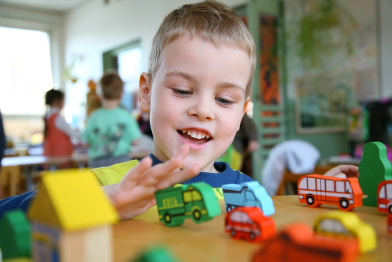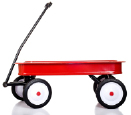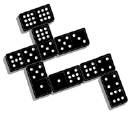Session 2
1. Session 2
1.7. Inquiry 3
Session 2: Health, Safety, and Well-Being of Children
Inquiry 3: Safe Toys and Safe Playrooms

© Pavel Losevsky/3780286/Fotolia
Young children are not good judges of danger, and they require constant and careful supervision. Selecting safe materials, toys, and experiences is important.
How to Buy Toys
Good toys help children develop coordination and learn essential physical, intellectual, and social skills. Just as important, toys provide many hours of enjoyment. But almost everyone has seen children ignore an expensive toy to gleefully play with the wrapping paper. Finding the right toy is a challenge.
Toys should be chosen that are appropriate for the child’s stage of development. A toy should challenge a child’s skills, engage interests, and stimulate imagination.
Inspect all toys carefully before buying them. Avoid toys with sharp edges or points, that can be swallowed, or that have small parts that can potentially break off. Also avoid toys that are excessively noisy, that pinch or trap fingers, or that have cords or strings long enough to wrap around a child’s neck.
Consider the play value of the toy. A toy that gets played with every day is a better choice than a cheap toy that gets broken or discarded after a few uses. Good toys are able to withstand wear and tear—they are well constructed and made from sturdy materials.
A Guide to Choosing Suitable Toys
Toys are recommended for the age level where they are most appropriately introduced. Many toys are also suitable for later stages of development when they can be used in more complex ways. Remember, too, that toys are frequently available in a variety of formats. Examples are large fabric blocks, wood or plastic alphabet blocks, and interlocking puzzle blocks. Choose the format most appropriate for the child’s abilities.
As you review the following chart, can you recall the toys you enjoyed playing with as a child? Do you remember how you liked to play with these toys?
|
Age |
What Children Are Learning |
Characteristics of Suitable Toys |
Recommended Toys |
|
0–6 Months
© Adrov Andriy/shutterstock |
|
|
|
|
6–12 Months
© HomeStudio/shutterstock |
|
|
|
|
12–18 Months
BananaStock/Thinkstock |
|
|
|
|
18–36 Months

© Mike Flippo/shutterstock |
|
|
|
|
3–6 Years

© waya/shutterstock
|
|
|
|
Role of the Caregiver in Supervising Children
Caregivers should follow these policies:
- Caregivers should always be located at different points in the indoor and outdoor settings so all the children can be seen at one time. When a staff member is engaged with one child or a small group, he or she needs to continue to maintain an awareness of the whole group.
- Caregivers adjust their supervision to the needs of children of different ages.
- Caregivers take additional precautions in potentially dangerous activities (like cooking, field trips, or new or unfamiliar situations).
- Caregivers always focus on the children.
- Caregivers supervise children when they are asleep.
- Caregivers make sure that toys are safe and appropriate.
Supervisors in a child care centre should ensure that
- children can be seen and heard by supervisors at all times
- age-appropriate equipment and toys are available
- enough play materials are available to ensure choices
- all toys and equipment are in good condition and are not rusted or broken
- toys and equipment are safe (children can trip over dress-up clothing that is too long; small objects can be swallowed)
- all activities are age appropriate
- the playroom is not too cluttered
- children are not lined up to wait for toileting
- children are not left on changing tables without staff beside them and safety harnesses used
- changing tables are far away from food
- health practices are always maintained (diaper pail closed, hands washed)
- medications are locked up
- all food is nutritious
- all doors for equipment and cleaning materials are locked
- gates are closed
- the playground is free of hazardous materials
- plants are not poisonous
- children are supervised on the climber and slide
- proper clothing and footwear is worn (avoid drawstrings around neck area)
- no helmets are worn on the climbing equipment
- the cushioned surface is deep enough and fall zones wide enough


